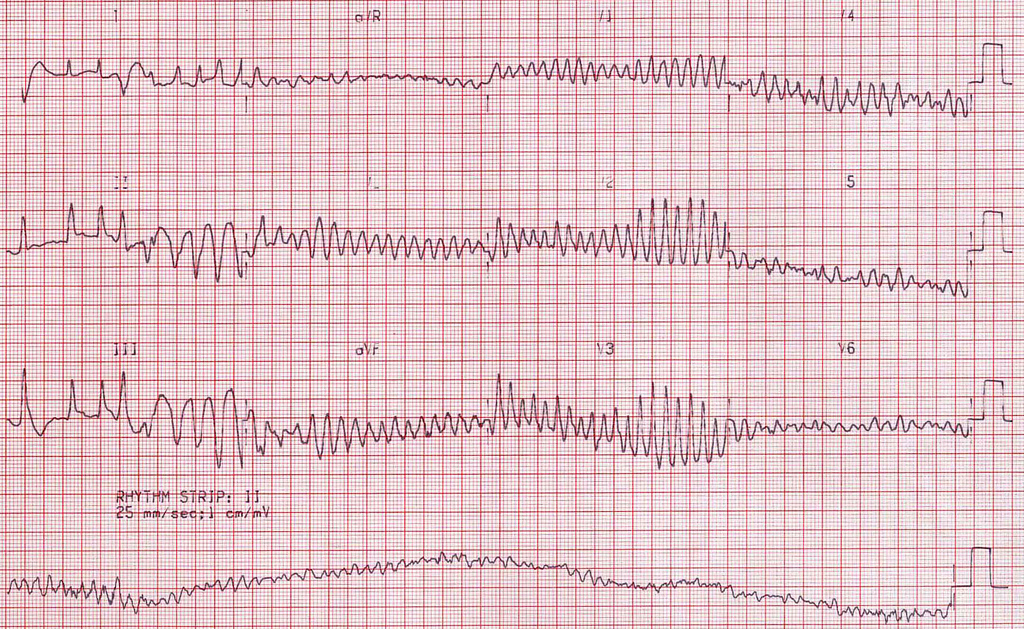An intern, a fellow student and I are walking back from our final lunch talk. We board the ‘S’ elevators to get back to our wards, and, as we get on, a young girl is sitting on the elevator floor holding her mother’s hand with her grandmother standing next to them. She is blocking the way, so her mom asks her, “Sweetie can you stand up? The floor is yucky.” However, as we watch her, three of us quickly realize that something isn’t right. She doesn’t move. She doesn’t respond. She doesn’t even blink. For the first time, I understand what it means to stare into space. “Are you okay, sweetie?” asks the intern as we start to ascend. She is completely unconscious, looking into nothingness. I start to feel the adrenaline. “I don’t think she’s okay,” remarks the intern.
The doors open as we arrive at the hospital, and I immediately start running towards our ward. A family — parents and two or three kids — is trying to buzz into the ward, and they’re standing in front of the card reader. “Excuse me,” I not-so-calmly remark, pushing them out of the way to scan my card. The doors start to open, and I walk in stopping to turn around to check behind me. Sure enough, there is the mother with the daughter in her arms, intern close behind, and the child’s grandmother with hands on her head, saying, “Oh my God. Oh my God.”
I keep walking forward and instinctively shout “Can we get some help?” In the corner of my right eye, the two women sitting in the nurse practitioners’ office stand up in sync. At least two or three other nurses run out in front of me to meet the little girl. I try to communicate the situation to them. “Four-year-old found unresponsive in the elevator.” I don’t really know if she is four, I don’t even know if she was completely unresponsive, but the words were spilling out of my mouth. “Take her in here,” says one nurse pointing to an empty room. “Start a code!” someone shouts. They lay her in one of those over-sized cribs, and a flurry of activity happens in the next two minutes as I stand in the back of the exam room.
For the longest time, I had wondered what a code looked and sounded like — it’s almost mesmerizing. The constant ‘ding-ding-ding’ and the blue flashing lights above the door as though shouting, “All eyes on us.” In front of me, nurses were scrambling to attach monitors, obtain vitals, and understand the situation. The other student in the elevator comes and hands me the mother’s scarf. I hold it in the back of the room. Someone else gives me a box which I have no idea what to do with, and place it on the counter to the side of the room. I quickly realize the best way I can help in this situation is to get out of the way. I leave the room and stand with a few others who are preparing for the coming drama. Overhead we hear, “Attention hospital staff, code blue, center tower, room 435.” Boom.
From the left, in rush physician assistants and nurse practitioners from the pediatric intensive care unit. From the right, anesthesiologists hurry down the hall. Behind me, two security guards walk in with a gurney ready to move the patient. One by one, other interns, residents and fellows show up panting from running upstairs thinking one of their patients was coding. There are dozens of people both inside and outside of the room, and I shakily try to describe to everyone what’s going on currently. The other medical student on our team walks by nonchalantly almost oblivious to what is happening. Everyone seems confused, but inside the room, a symphony is taking place.
In the backdrop of that constant dinging, they resuscitate the girl, and it becomes apparent that she will be okay. “We’re not needed here,” says the attending anesthesiologist, and her team takes off to the right. Most people standing around begin to return to their work — different descriptions of what happened moments before filling the air. “I was just sitting there, letting a family in, and suddenly a medical student comes in screaming,” remarks one nurse.
That was me. I had started a code. “Quite a way to end my last day,” I quip with the groups. While the rest of my team leaves for the office, I stay and wait to see what happens next. The little girl is loaded onto a gurney and slowly pushed away. The dinging from the alarms has stopped and has been replaced with a calm that seems to settle us down. The intern stands outside the room, and the patient’s mother and grandmother each come up and hug her. To me, they say, “Thank you for saving our girl.”
This is a moment I will always look back upon as my welcome to practicing medicine. Only a couple of weeks earlier at the orientation to my third year, I remember being gripped by the anxiety and panic for the coming challenges. I was worried about the hours, how much free time I would have, how I would plan my meals and how I would survive. This moment reminded me of what I have been working towards my entire life. Yes, the last two years had been hard and not overly satisfying. Still, at this moment, I was reminded of my life’s dreams: to be hands-on, to treat patients, to help in the emergencies if even if all I do is shout five words. I am going to be a doctor, and I am excited about it.
Image credit: “MS” (CC BY-NC 2.0) by Popfossa

